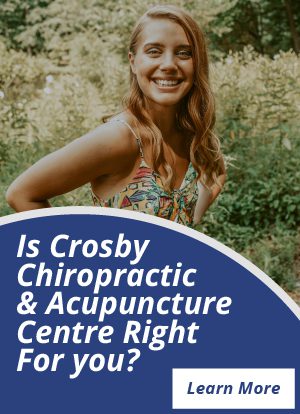The Positive Effects of Chiropractic on the Response of the Central Nervous System with Stroke Rehabilitation
Many who have had a stroke and been through PT think that they have to live with residuals need to read this 🙂
In 2000, Whithall, McCombe, Waller. Silver and Macko reported that "stroke is the third leading cause of death in the United Stated and is the leading cause of adult disability."
They also stated that while incident rates have stayed about the same over the past 30 years, that death from stroke has decreased, so that although 750,000 Americans
annually suffer from the effects of a stroke, more are living and requiring rehabilitative care. Approximately 66% of stroke survivors have residual neurological impairments that
affect their ability to function. Specifically, weakness on one side of the upper body may make normal activities like dressing, bathing, self care and writing difficult, making it
harder for these patients to be fully functional and independent. Only 5% of adults regain full arm function after a stroke and 20% regain no functional us with 75% regaining
partial use.
In 2008, neuroscientists Kleim and Jones reported that brain cells possess the ability to change their structure and function in response to different internal and
external pressures. This change is called neural plasticity and is believed to be the reason behind learning in a healthy brain and relearning in a damaged brain.
With any time of brain damage the goal is to limit further damage and restore as much function as possible.
In 2000, Whithall reported that tradition stroke treatment lasted for the first 3 months post stroke and consisted of passive rehabilitation. This first 90 day time
window was developed based on natural history studies of stroke recovery patients that show a "plateau" in improvement after 3 months. Recent studies show
however that functional gains and neural plasticity made be restored via active practice long after this 90 day window has been exceeded.
The idea of stroke rehabilitation is to create new pathways for the brain to use to enable movement and function. This results in more physical and emotional
independence of the post stroke patient.
In 2010, Taylor and Murphy wrote that when motor activity is followed by a chiropractic adjustment, it altered the way the central nervous system responded to
motor training tasks. Whether the patient had recurring neck pain or not, cervical adjustments positively affected use dependent neuroplastic changes. In
addition, the research reported that the spinal adjustment alone resulted in improved function and also resulted in neural plasticity when combined with motor
training tasks. The results of their study suggest that patients had a statistically significant improvement in their ability to perform skills/tasks involving both the
sensory and motor parts of their brain when the 20 minutes of task training were preceded by a cervical (neck) spinal manipulation (adjustment) of joints that
weren't functioning normally.
Interestingly enough, this finding was simil ar to one observed with spinal manipulation alone and has resulted in the theory that the adjustment improves the
ability of the brain and body to work together.
While no one in these studies suggests that post stroke patients get adjusted without motor skill training, these results do tend to show that manipulations should
significantly improve the outcomes of rehabilitation of post stroke patients.
References:
1. Whithall, J., McCombe Waller, S., Silver, K. H. C., & Macko, R. F. (2000). Repetitive bilateral arm training with rhythmic auditory cueing improves motor function in chronic
hemiparetic stroke.Stroke, 31 (10), 2390-2395.
2. Kleim, J. A., & Jones, T. A. (2008) Principles of experience-dependant neural plasticity: Implications for rehabilitation after brain damage, Journal of Speech, Language, and
Hearing Research, 51(Suppl. Neuroplasticity), S225-S239.
3. Haavik Taylor, H., & Murphy, B. (2010). The effects of spinal manipulation on central integration of dual somatosensory input observed after motor training: A crossover
study. Journal of Manipulative and Physiological Therapeutics, 33(4), 261-272.
Stroke and Chiropractic Care
Facebook
Twitter
LinkedIn
